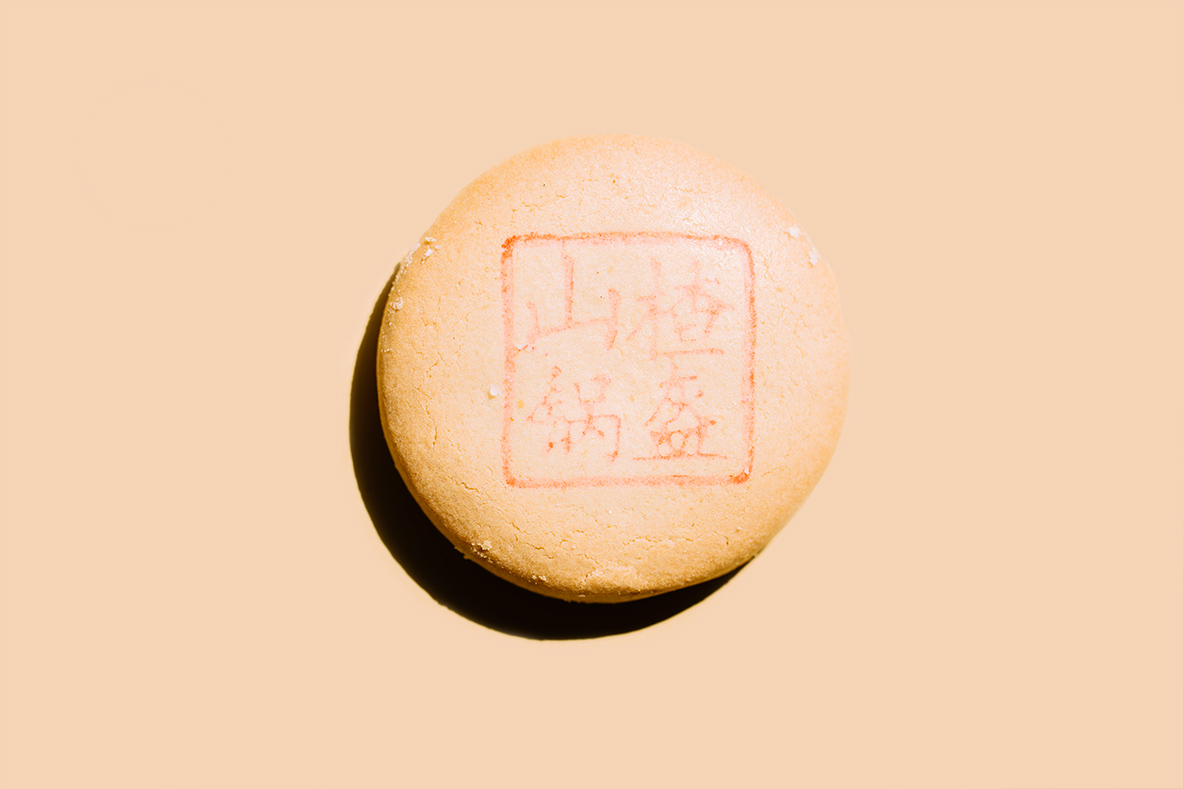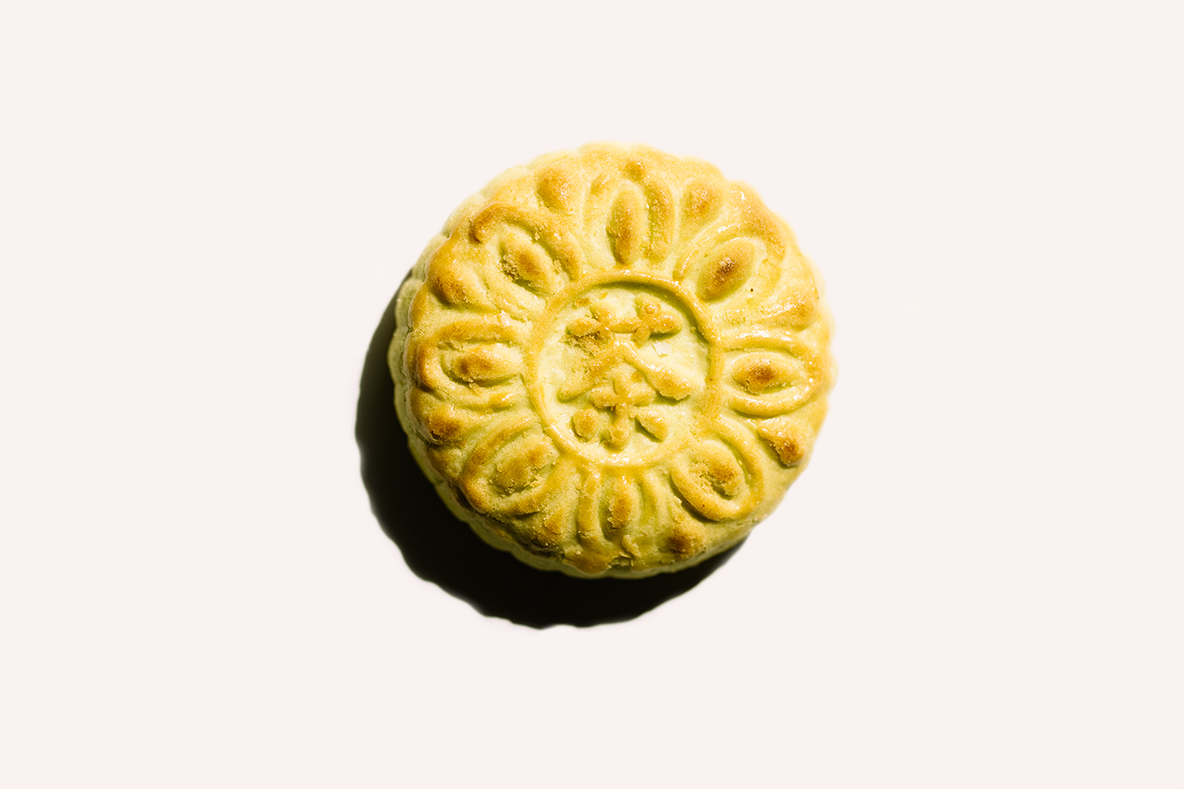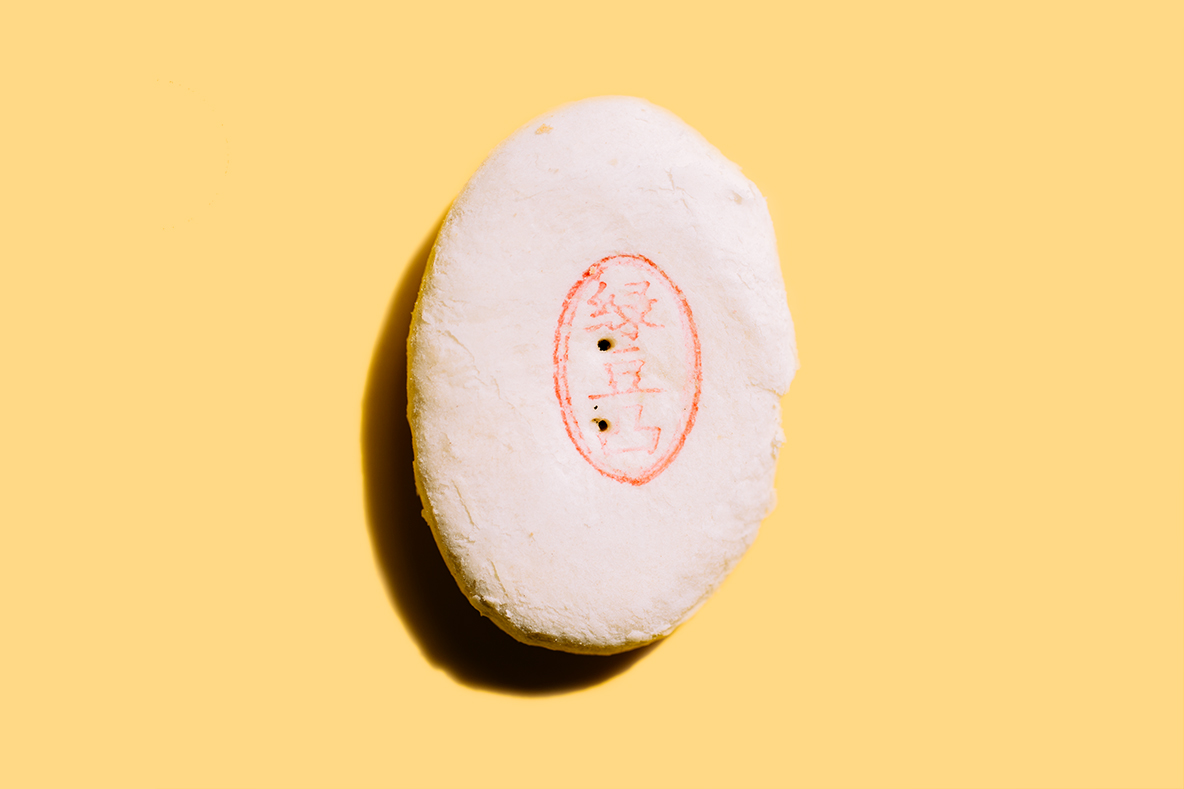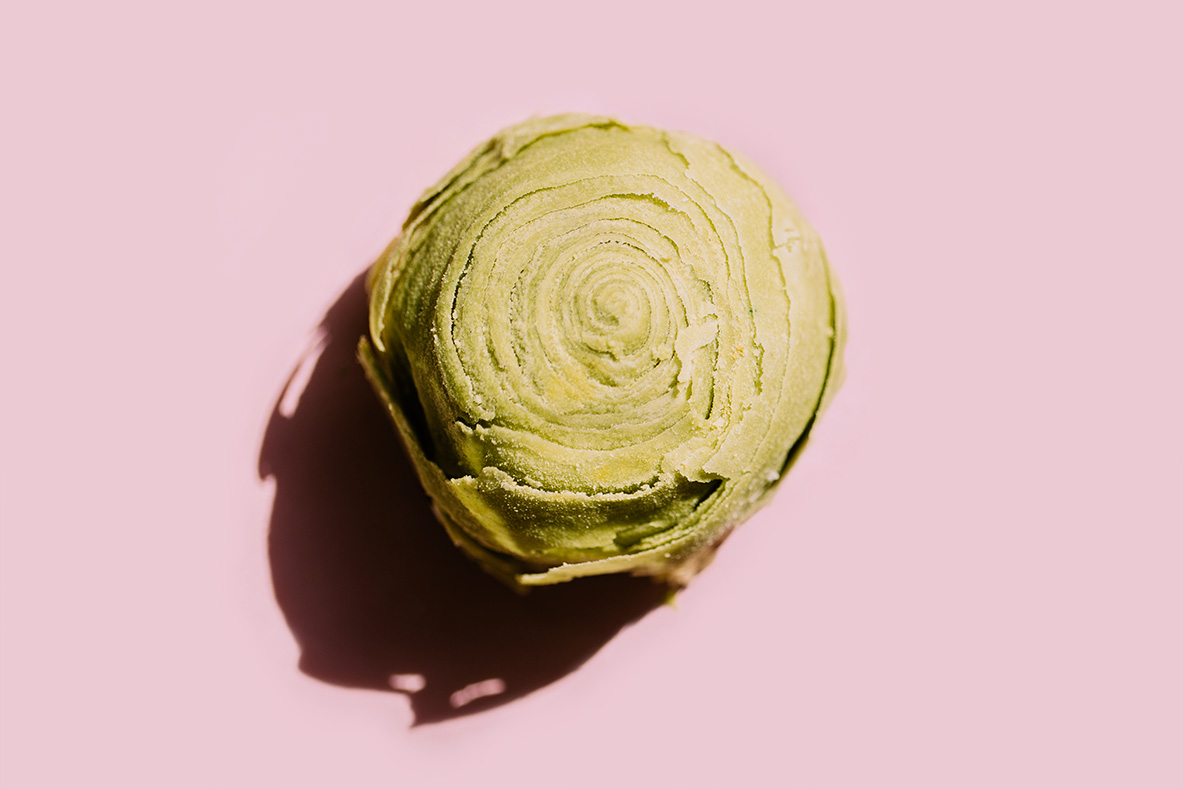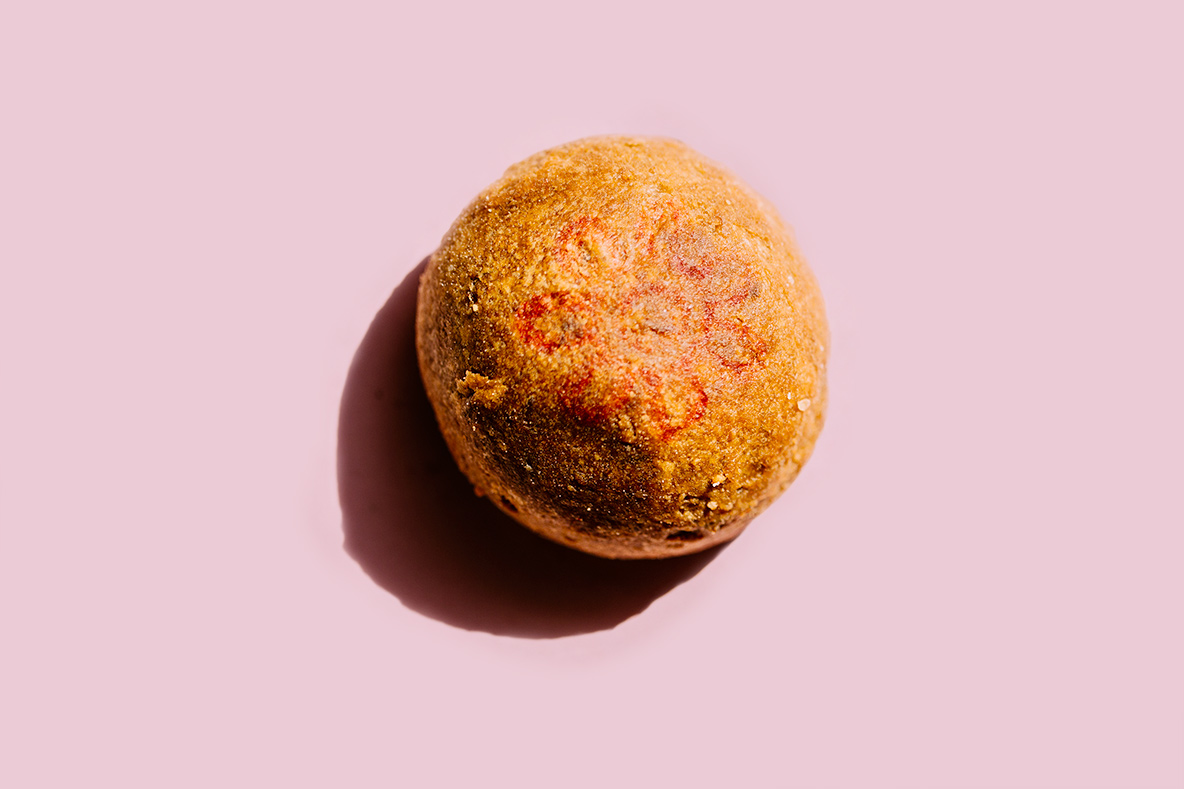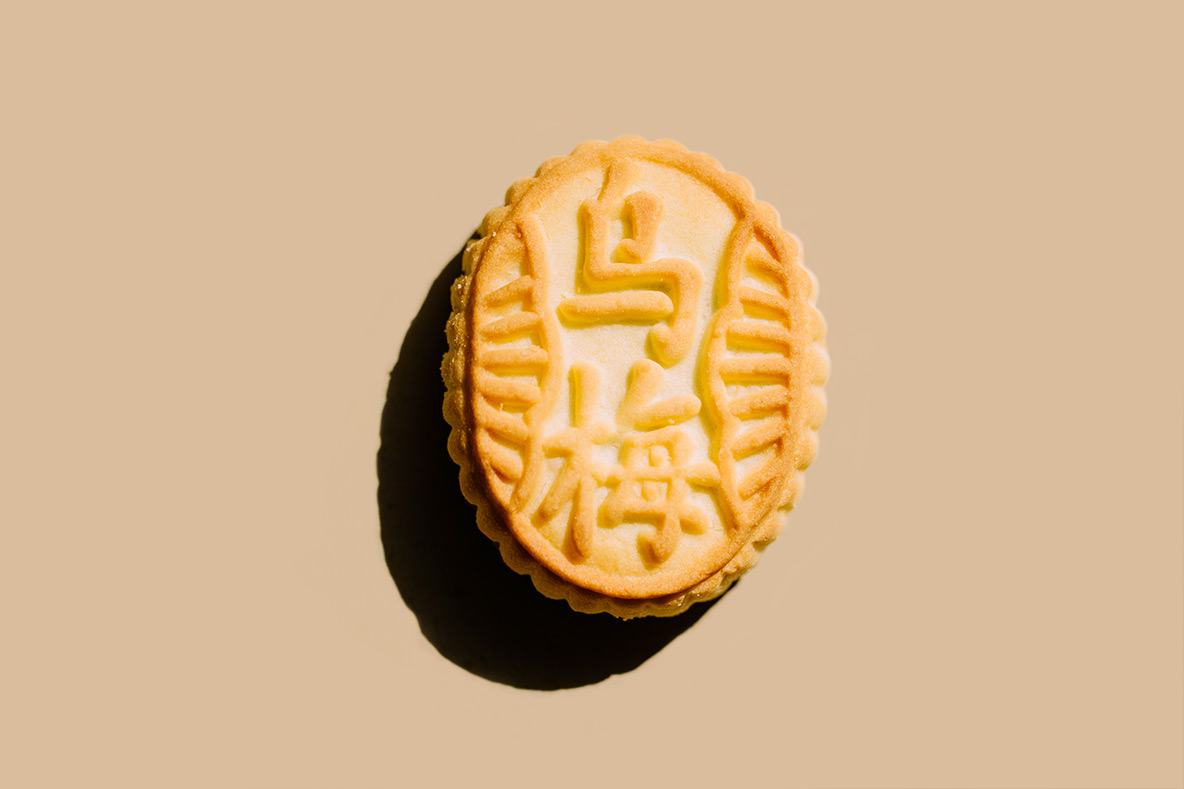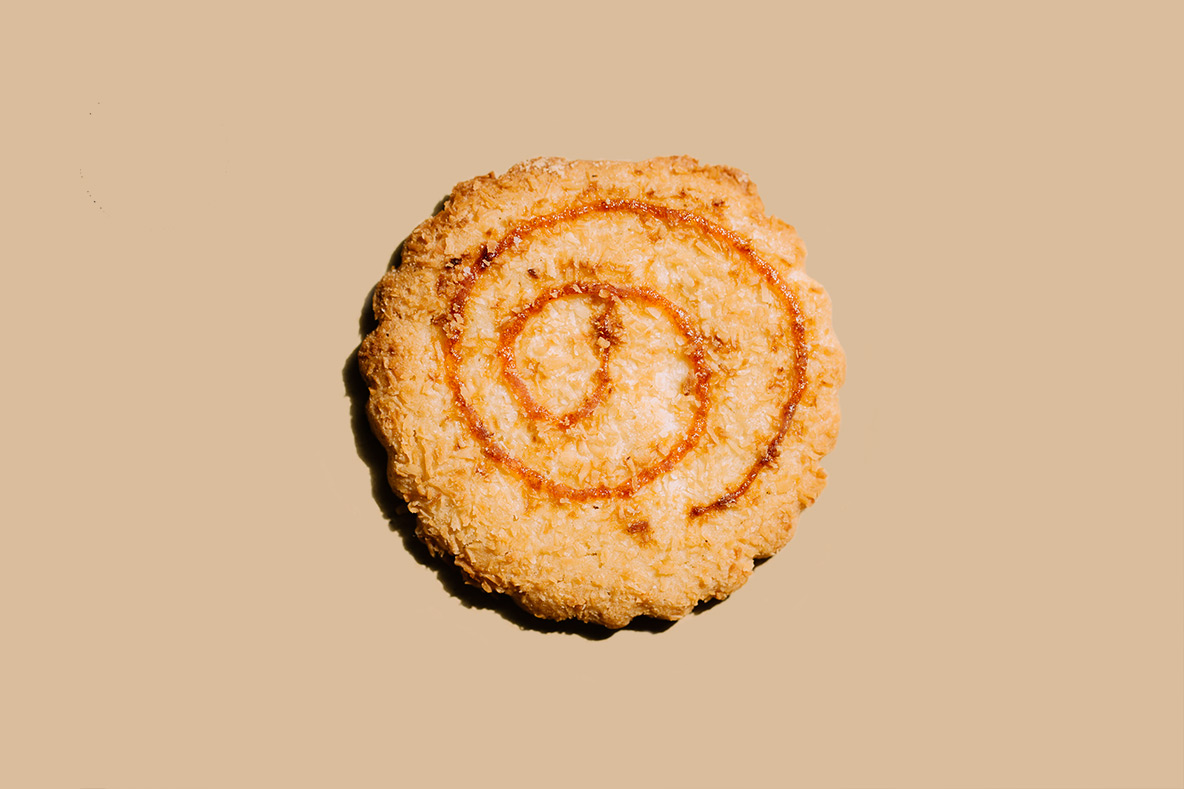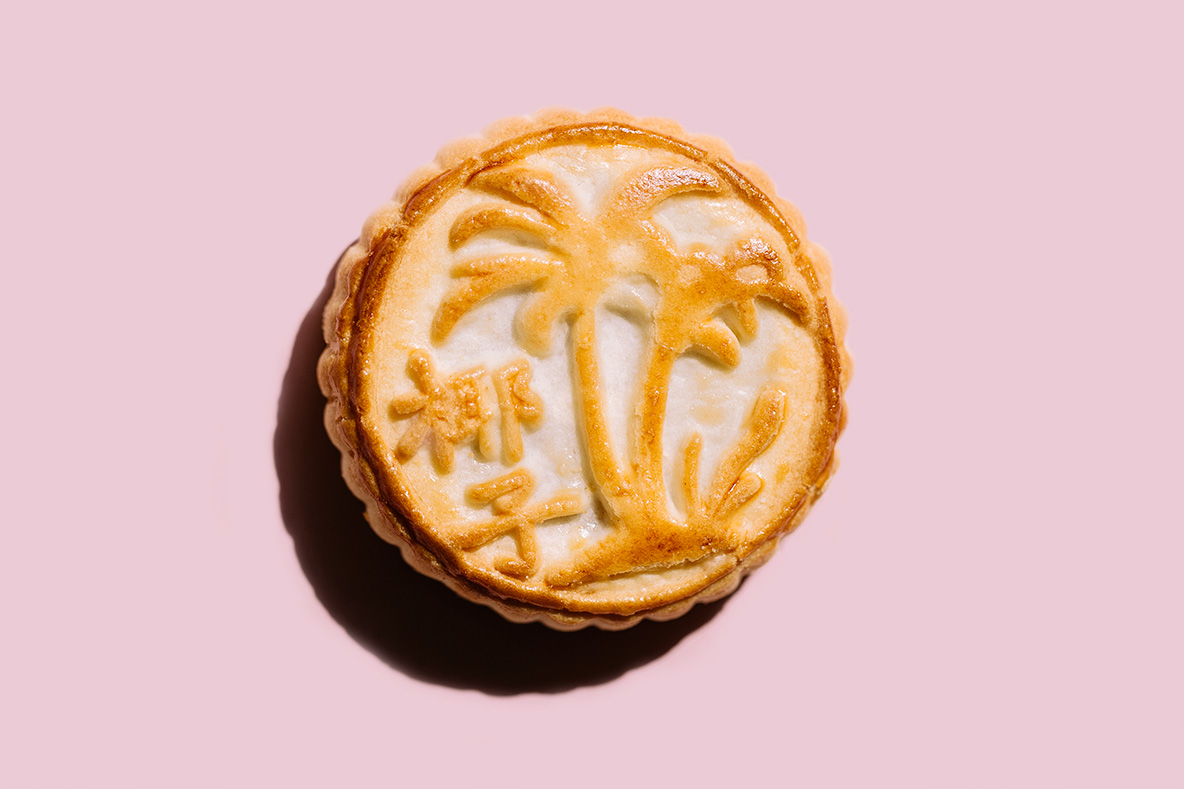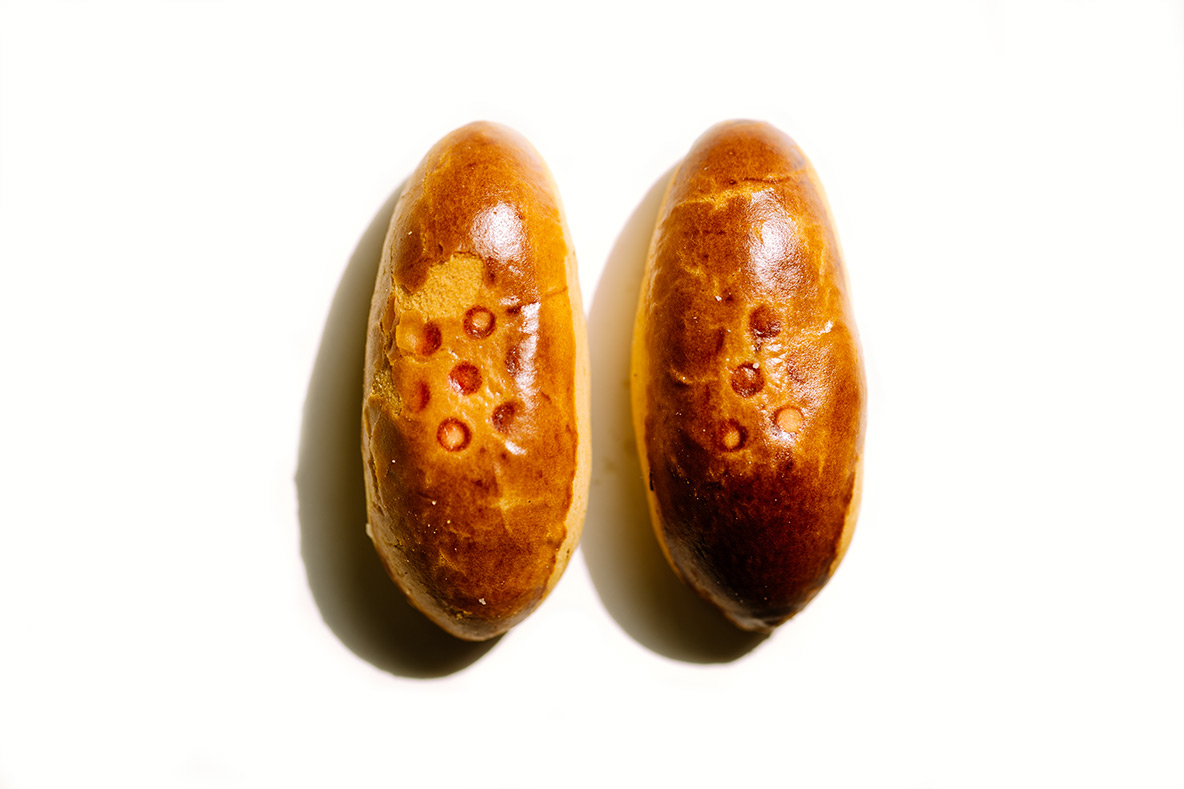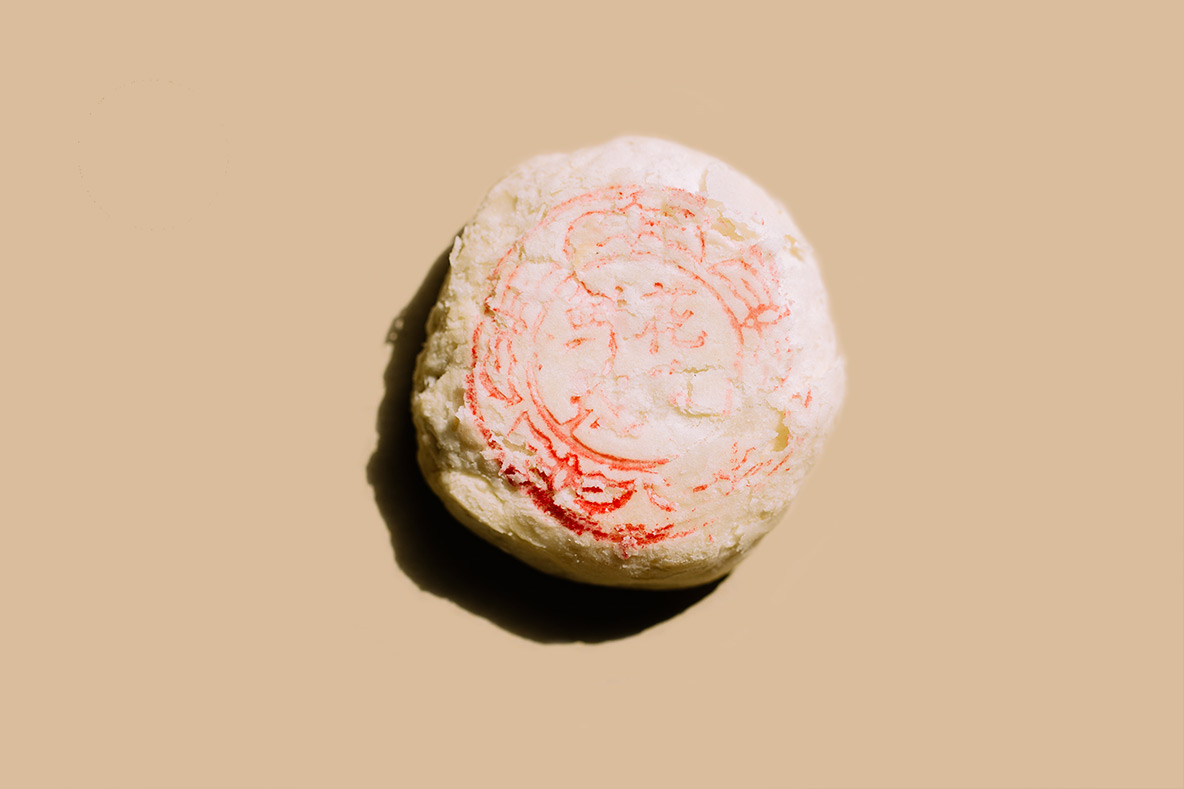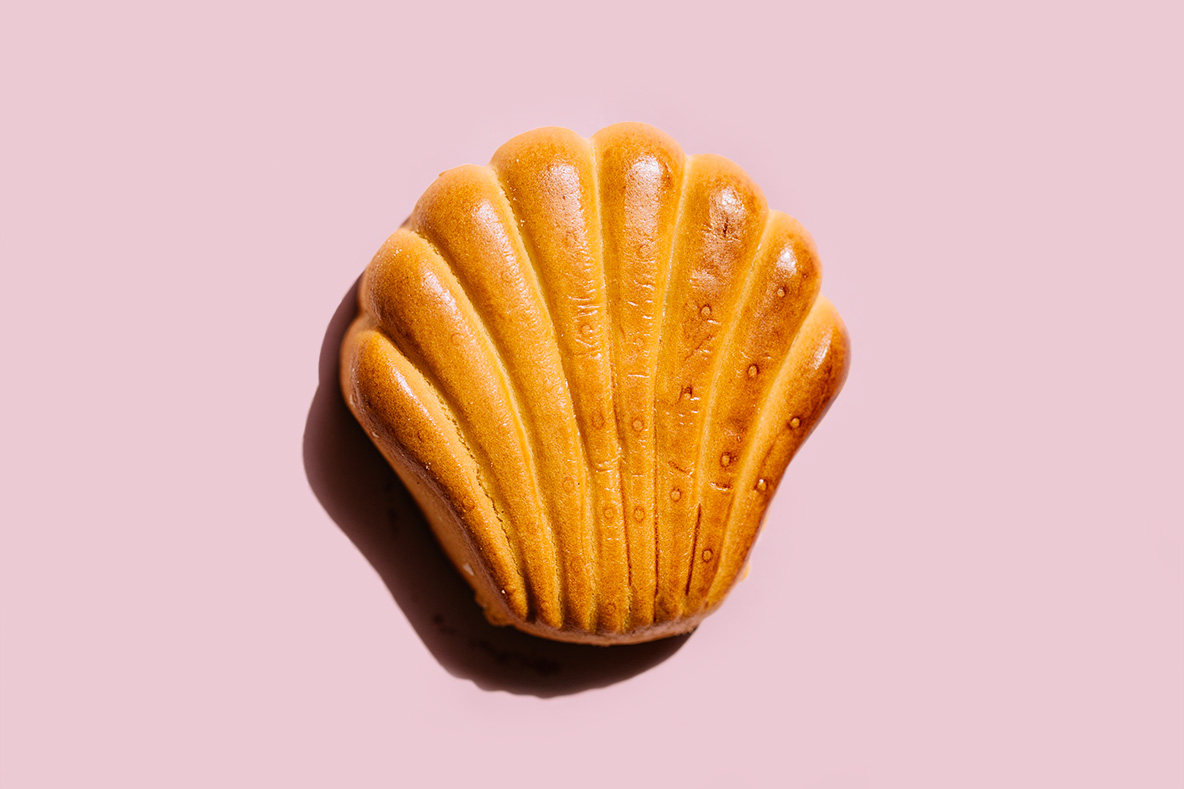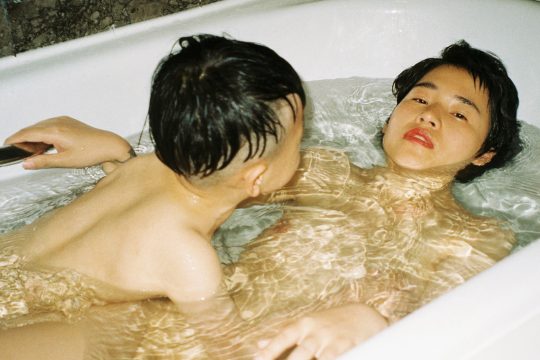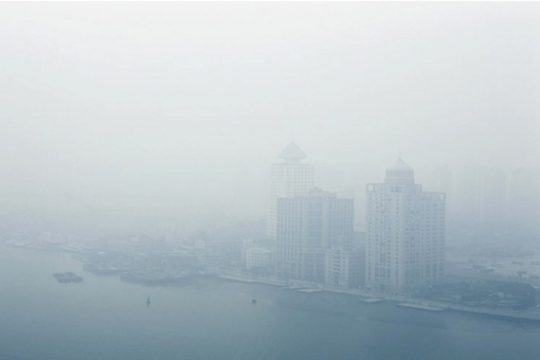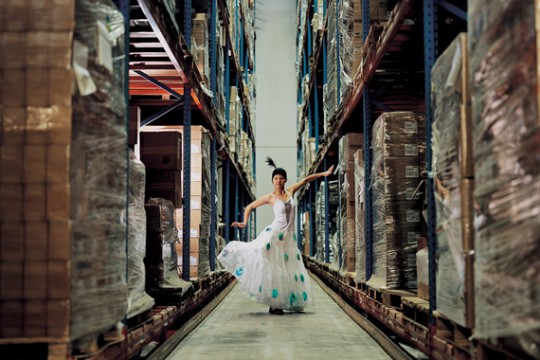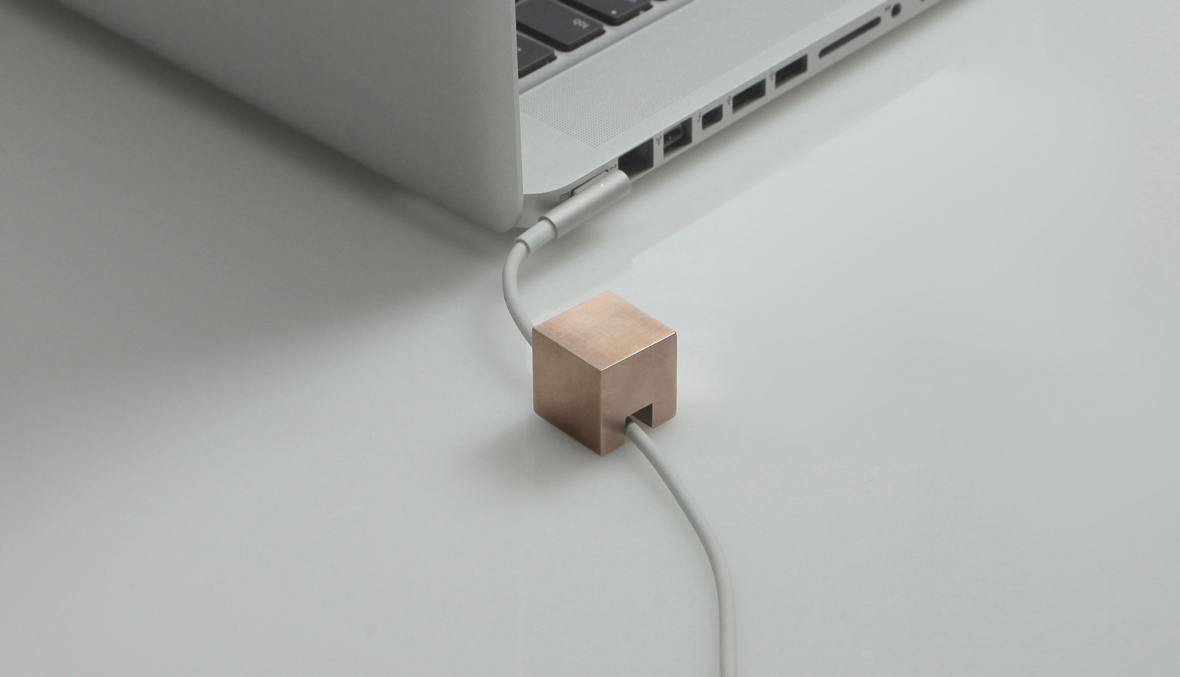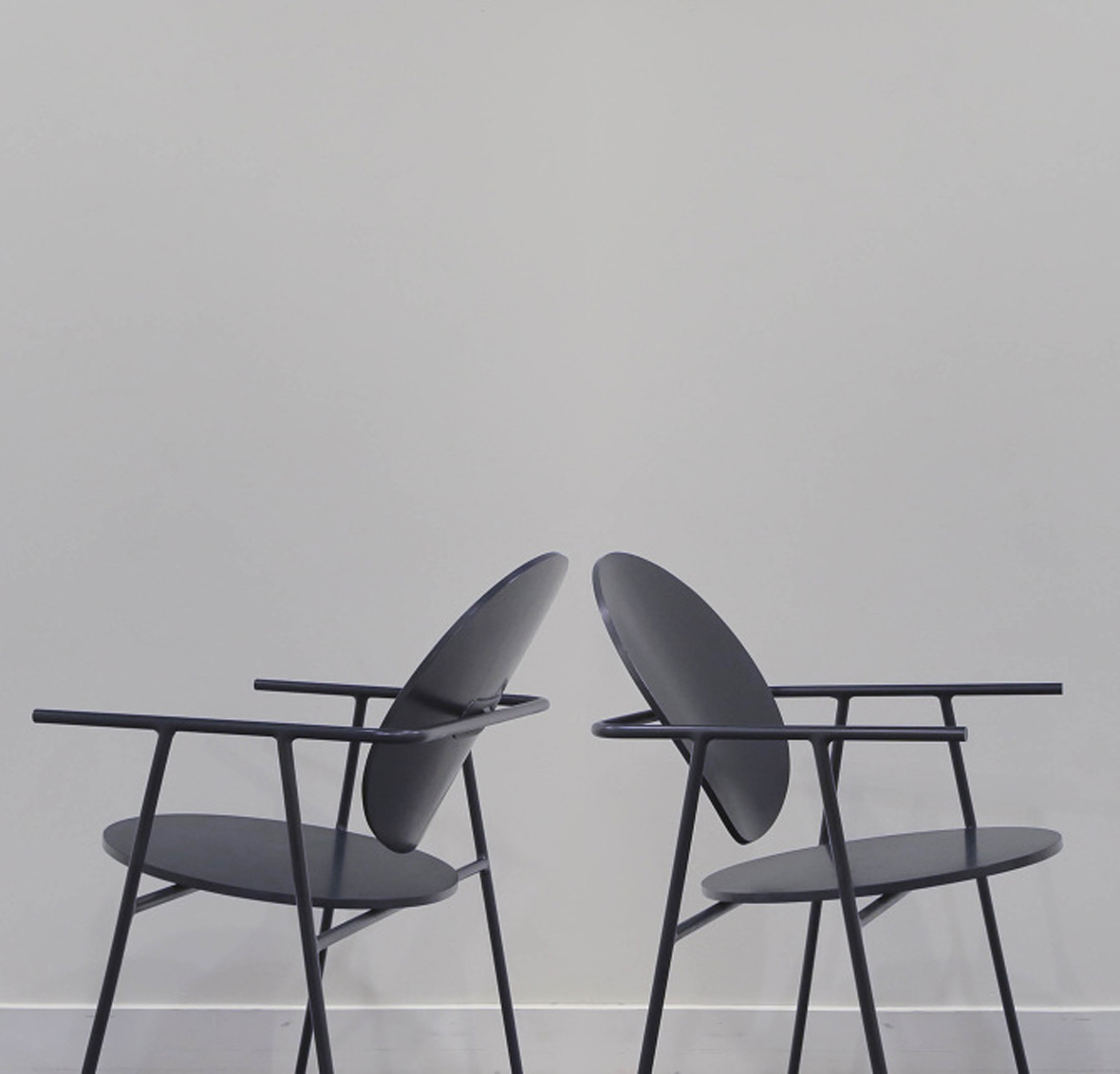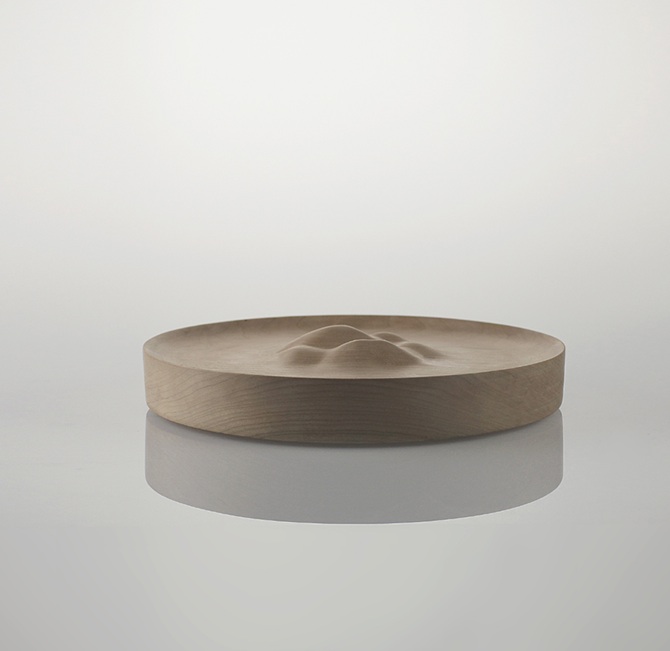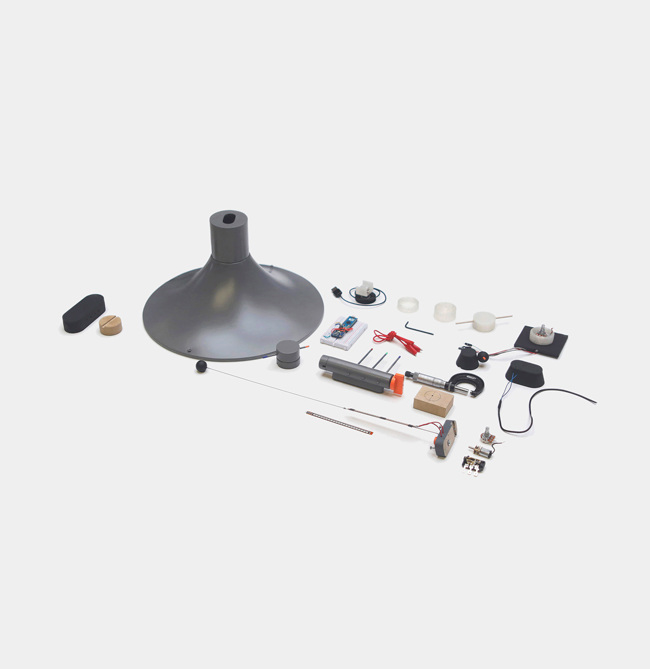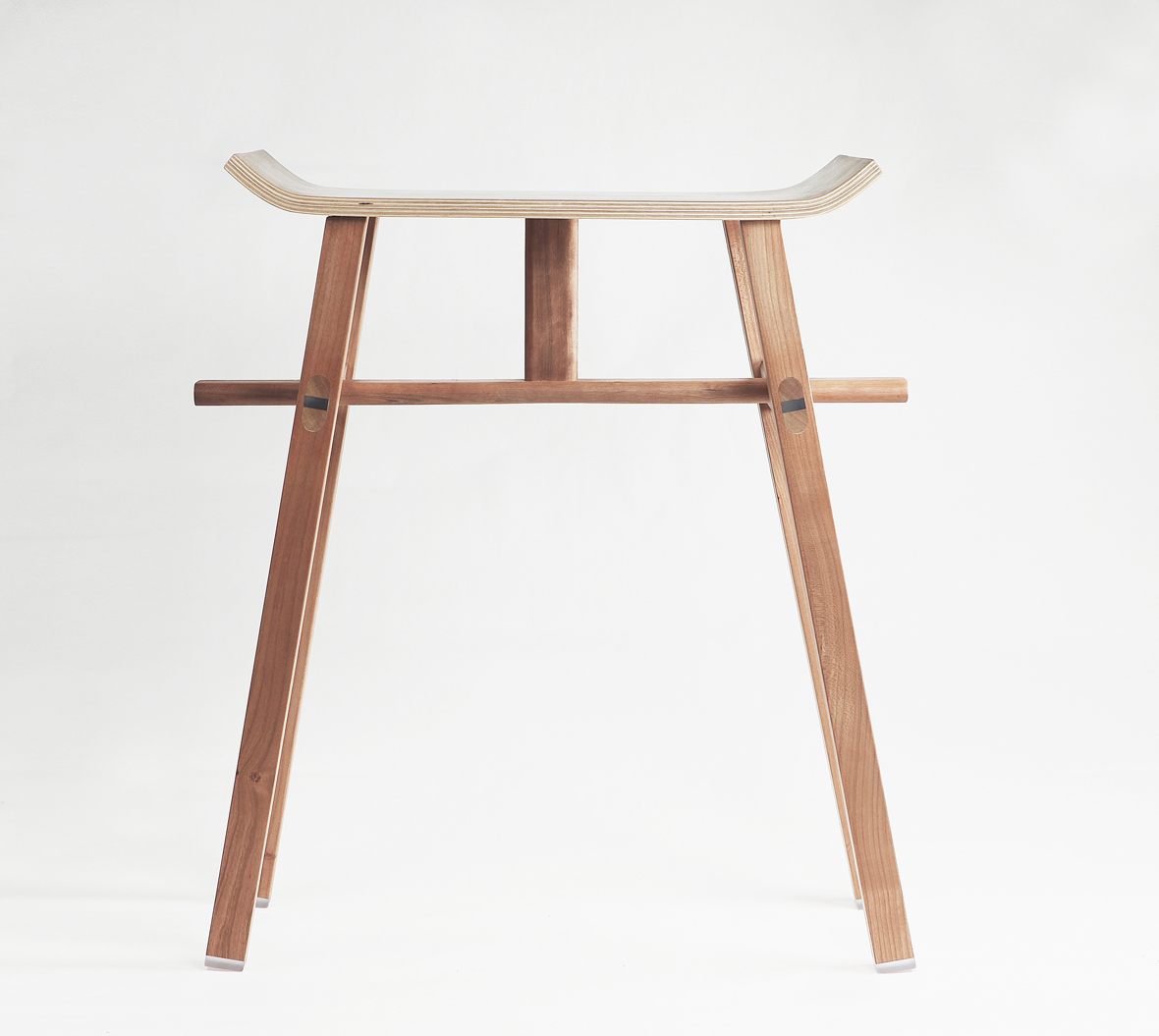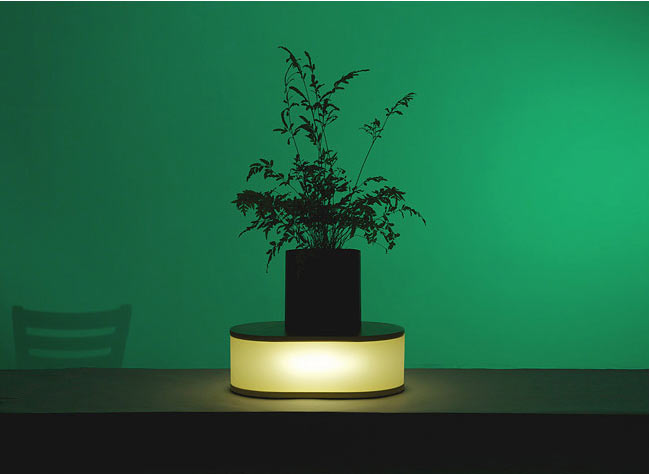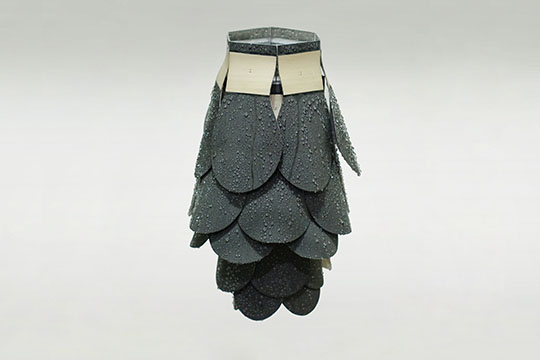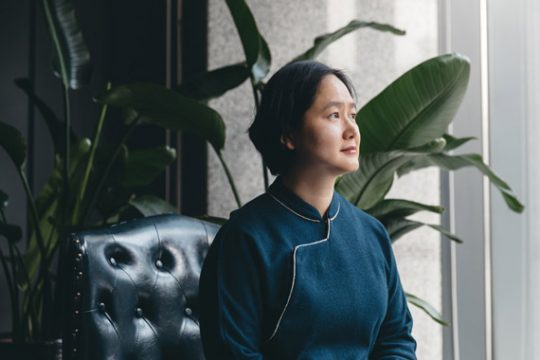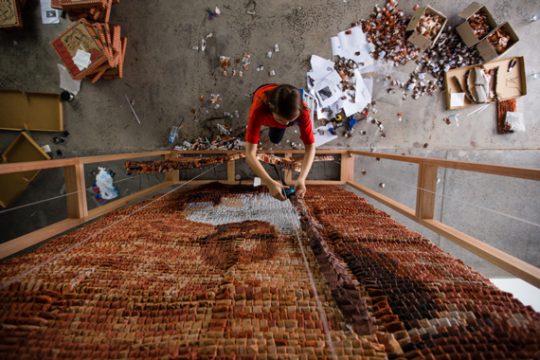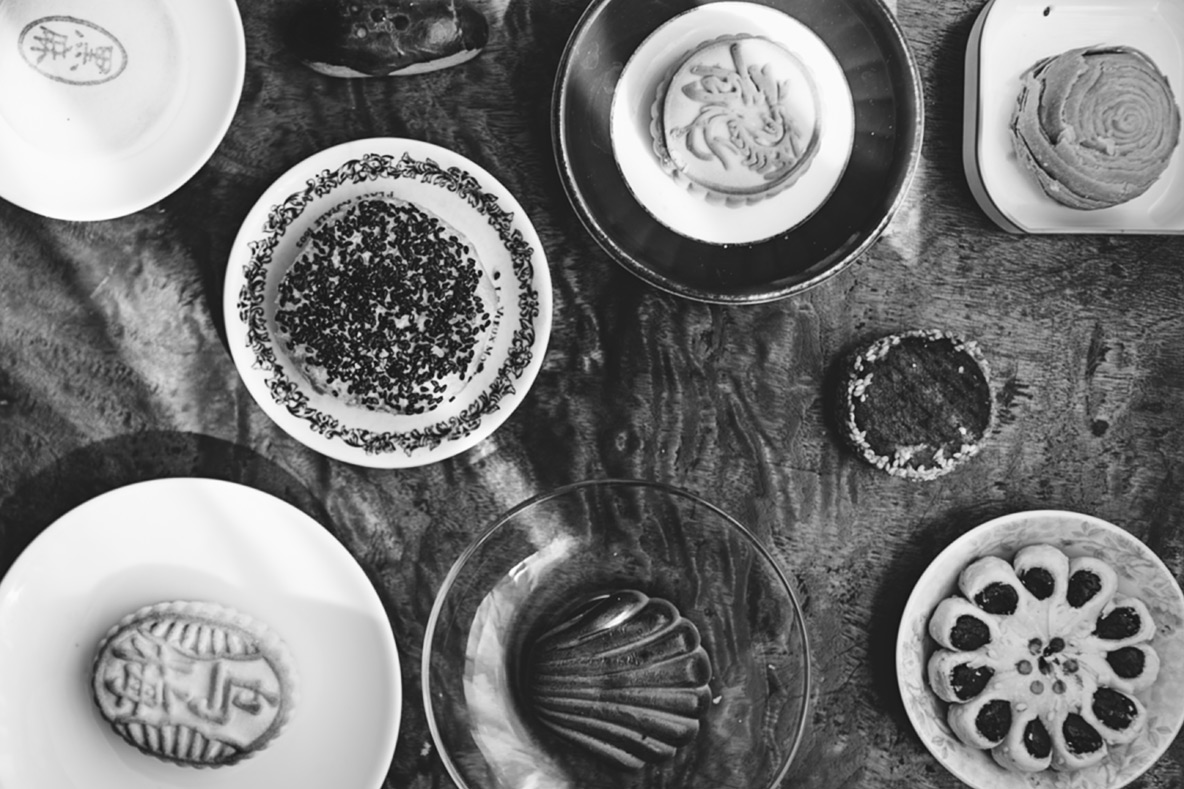
Daoxiangcun is perhaps one of China’s oldest bakeries still in operation. It was first opened in Suzhou in 1773, during the Qing dynasty. It was brought to Beijing soon after, and today the oldest branch is located in Qianmen which has been making pastries since 1895. The bakery has since expanded to over 100 outlets around the city, yet still remains famous and highly regarded for maintaining its traditional taste. The stores are nondescript and easy to miss, as the interiors resemble many typical green and white-trimmed fluorescent-lit supermarkets.
There are over 130 different types of pastries to choose from, some of which are seasonal and some year-round. Circular, square, oblong, and flower-shaped, the pastries have uncommon flavors such as rose, jujube, pumpkin, lotus, and almond. Many of them are sweet and savory with hints of peppercorn and spiced salt. Some of the cakes are beautiful and delicate, while others look more rustic. Daoxiangcun’s recipes have been closely guarded secrets for over 100 years.
稻香村或许是中国仍在运营且历史最悠久的国营面包房之一。它在1773年的清朝创始于苏州。其后分店很快扩张到北京,而从1895年起就在经营糕点的前门店成为迄今为止最老的分店。因为传承传统风味,目前在京城已经拥有100家门店的稻香村始终保持着好口碑和高声望。这些店铺极易被错过,主要是因为店内充斥着超市绿和惨白的灯光。
店内有多达130种的传统糕点供顾客选择,其中包括季节性和全年供应的品类。圆形、方形、矩形甚至花形都有,并且也有一些特色口味,如玫瑰、红枣、南瓜、莲花以及杏仁味。糕点大部分都是甜的,也有些胡椒和椒盐口味。有些糕点看起来精美且可口,有些则看起来非常朴实。而稻香村始终秉承着100多年来都绝不外传的秘制配方。
Website: daoxiangcun.com
Facebook: facebook.com/daoxiangcun
官方网站: daoxiangcun.com
Facebook: facebook.com/daoxiangcun

